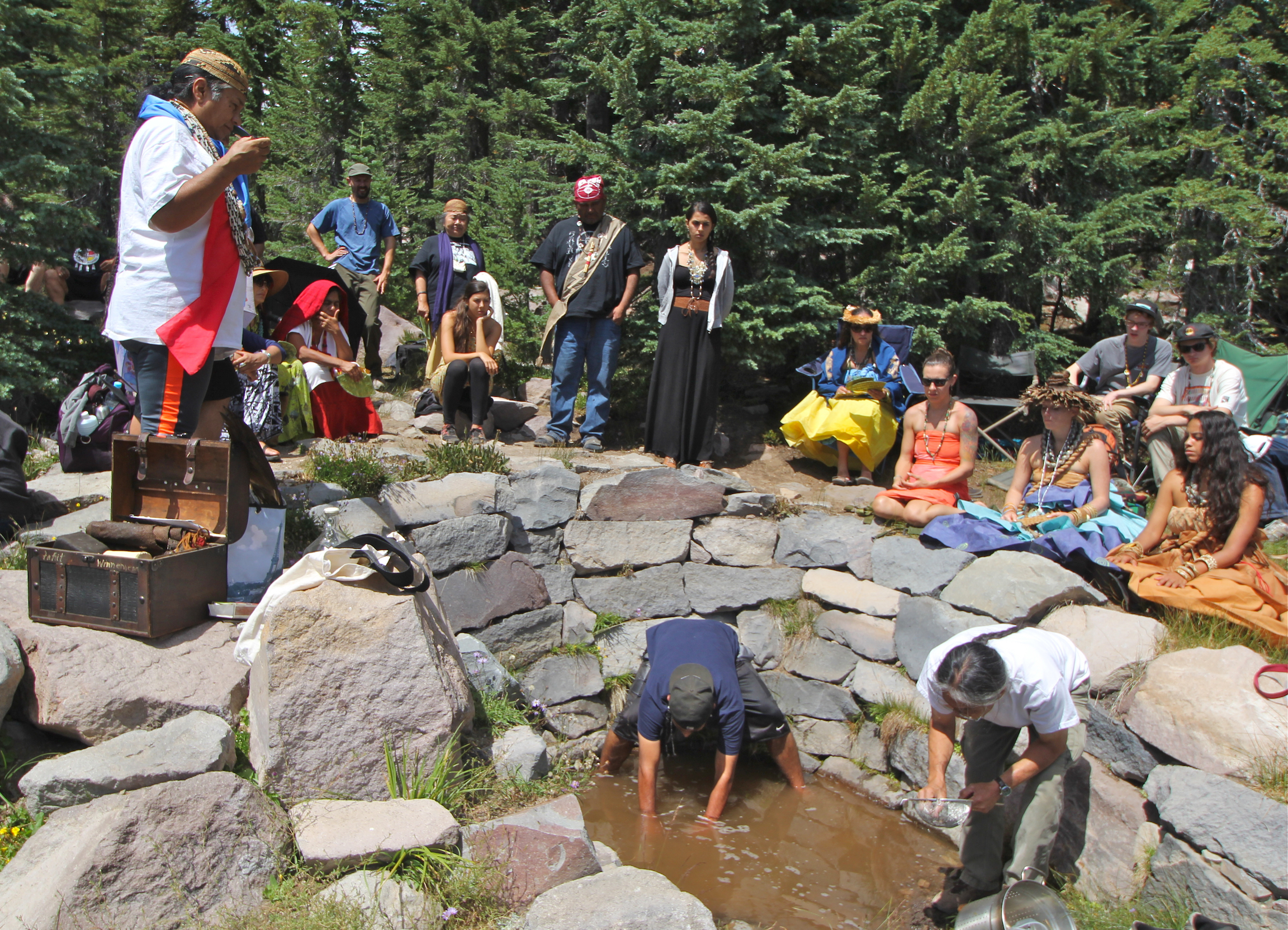#NODAPL This Wednesday in #WashingtonDC pic.twitter.com/fofNsfeiOs
— Lee Camp [Redacted] (@LeeCamp) August 20, 2016
To drive this home a bit, these are all the water ways at risk:
You see all the rivers and streams connected to the Missouri? You should be fighting the Dakota Access too #NoDAPL pic.twitter.com/tdrqXBxnbe
— Matt Remle (@wakiyan7) August 17, 2016
If you can be there, please, stand with us. Stand for all people. Stand for our right to say no. Stand for our right to clean air, clean, healthy water, healthy land. We should not have to fight for these things, these are necessary for all life. Water is life. We must care, because corporations do not. We must insist on responsibility and accountability. We must not be resigned. We must fight. Join us.
#LastRealIndians. #NoDAPL. #IndigenousRising.
Dakota Access Pipeline Standoff. – Feds Grant TRO Against Standing Rock Members. – Dakota Access Protest: We’re being sued – help us fight it! – Dakota Access Standoff Calls on Obama. – Among Those Arrested… – Sacred Stone Camp: Calling Water Warriors! – Dakota Access: About That Oil… – Dakota Access Purchaser Looking Like Enron. – Standing Rock and IITC File Urgent Communication to UN. – Sacred Stone Camp. – North Dakota: State of Emergency Declared. – Solidarity Sings! – Settling into Camp – Washington DC: Action Alert –





















